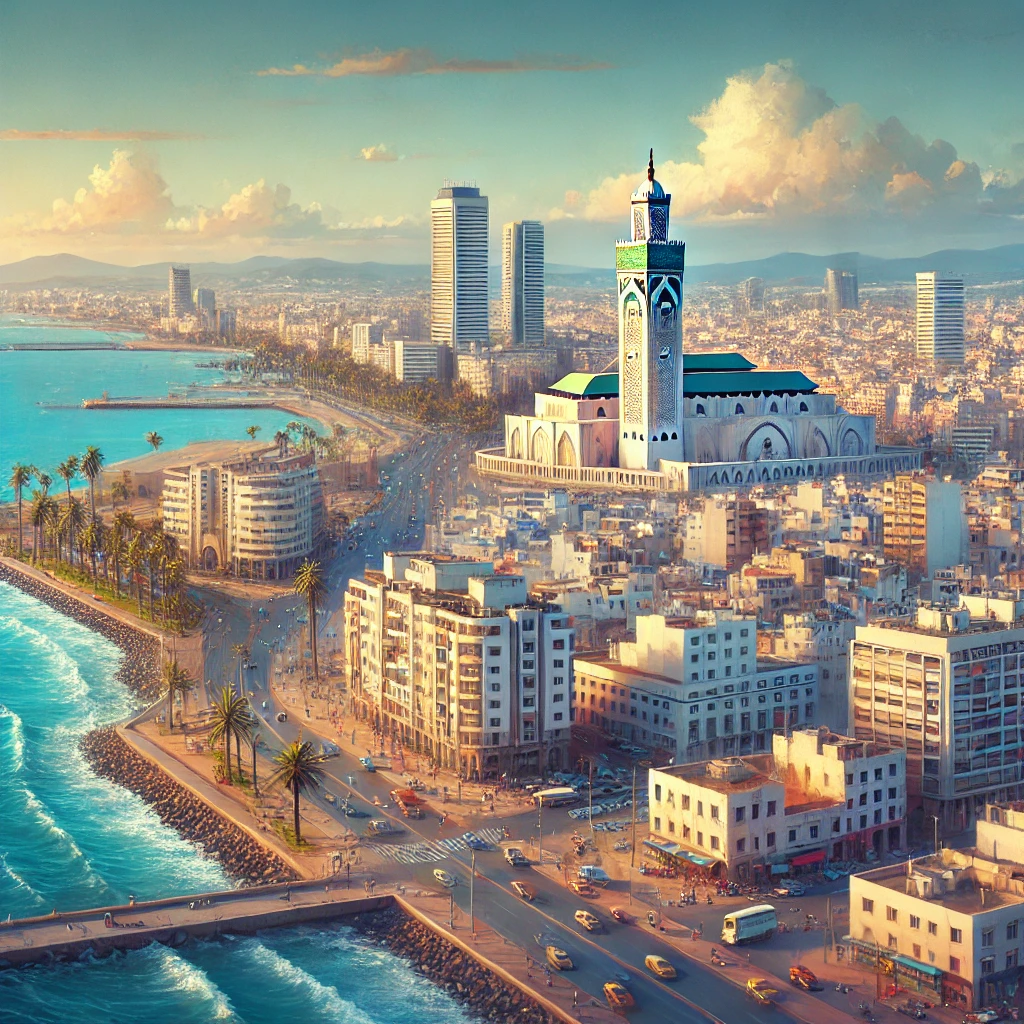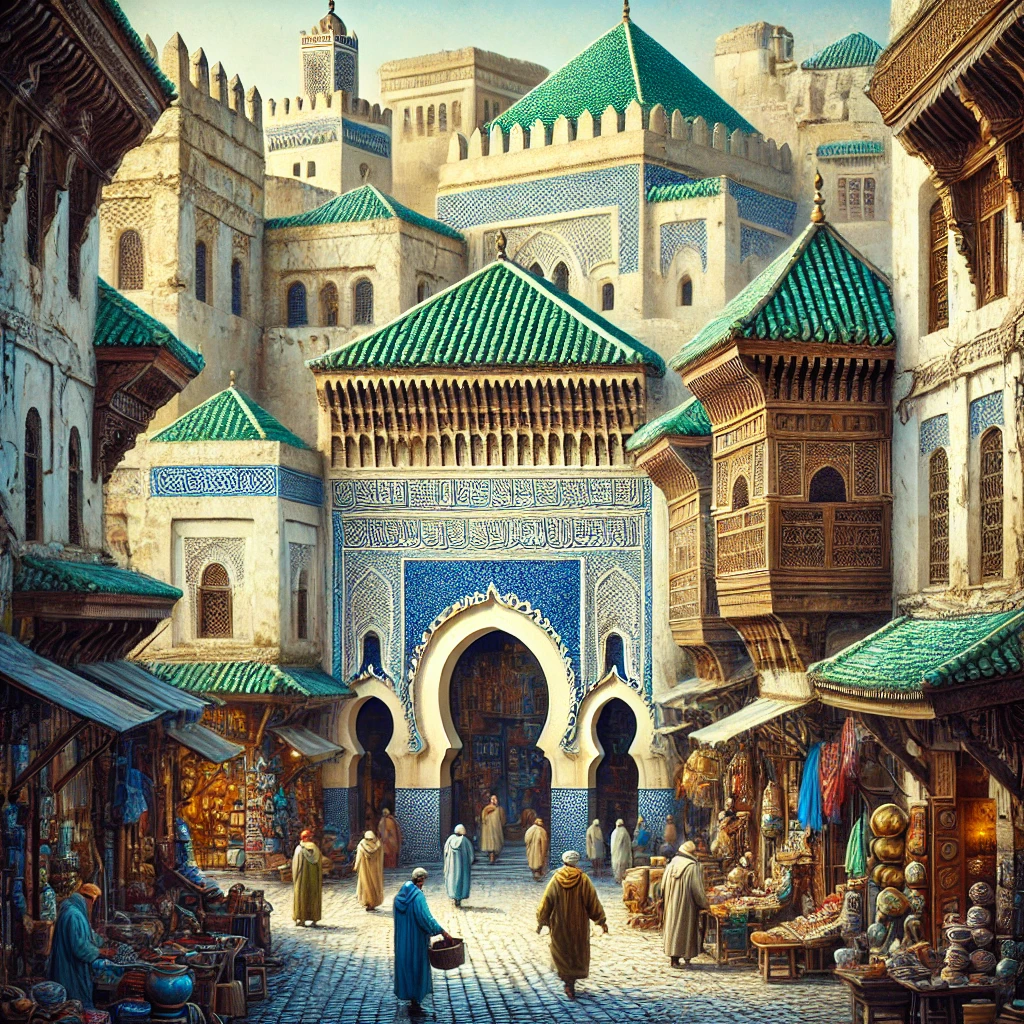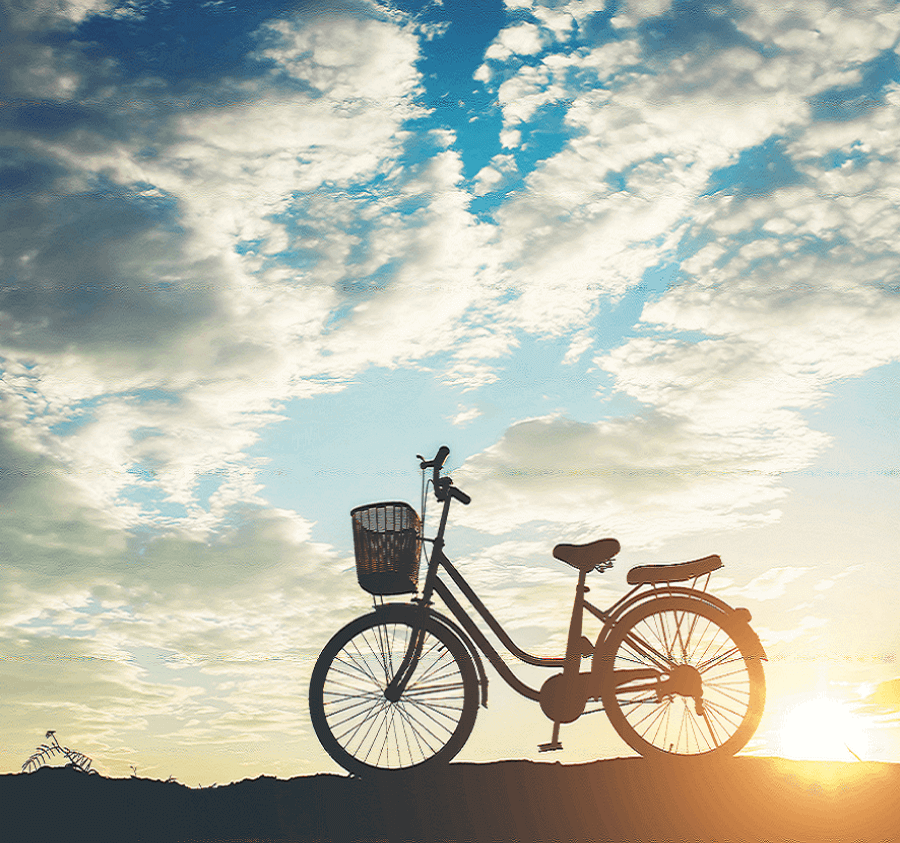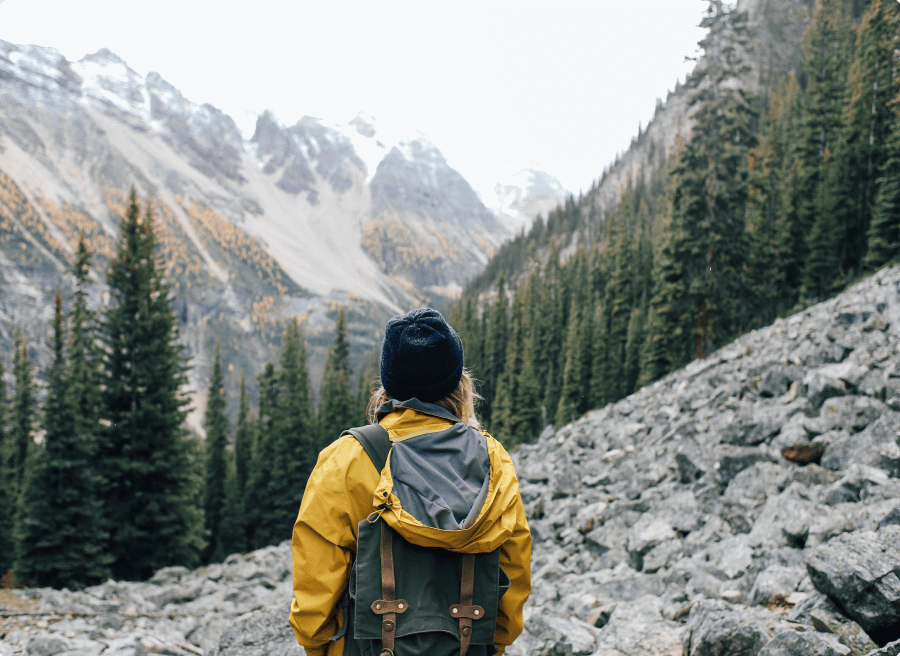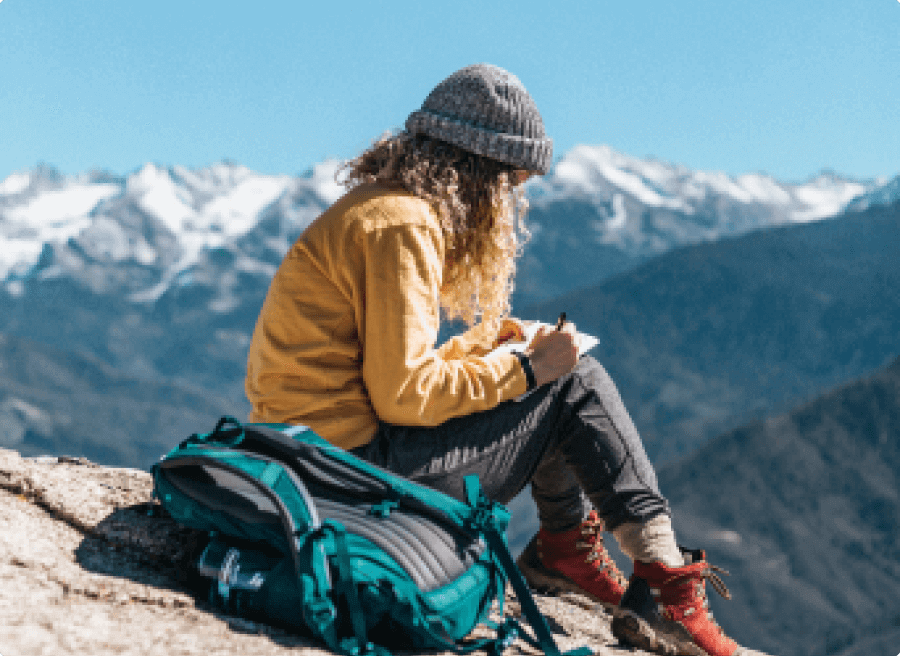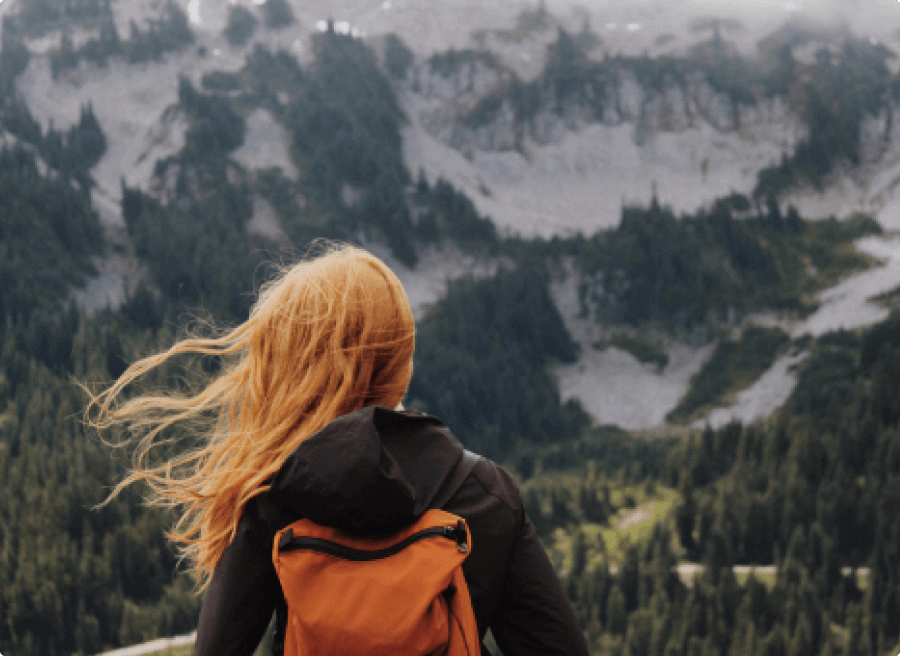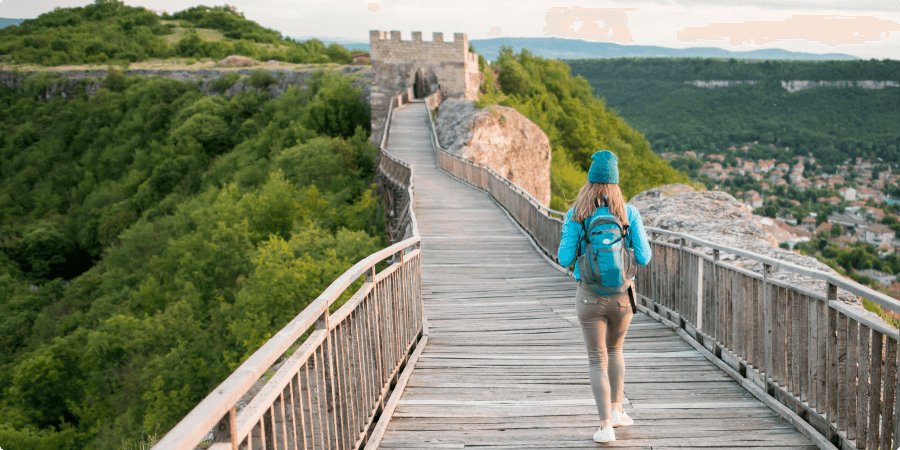Nestled in the Rif Mountains of northern Morocco, Chefchaouen, also known as the Blue Pearl, is one of the most picturesque towns in the country. With its striking blue-painted streets and buildings, the city evokes a sense of tranquility that draws visitors from around the world. Chefchaouen is not just a feast for the eyes; it also offers a rich cultural experience that allows travelers to dive into Morocco’s diverse history, traditions, and unique lifestyle.
A Brief History of Chefchaouen
Chefchaouen was founded in 1471 by Moulay Ali Ben Rachid as a small fortress to protect the region from Portuguese invaders. Over the years, it became a refuge for Muslims and Jews fleeing the Spanish Reconquista. This fascinating blend of different cultures left its mark on the architecture and traditions of the town. The distinct blue color, which now defines Chefchaouen, was introduced by Jewish refugees who settled in the city in the 1930s. The color blue is believed to symbolize the sky and heaven, acting as a reminder to lead a spiritual life.
Why is Chefchaouen Blue?
One of the most frequently asked questions by visitors is why Chefchaouen is painted blue. Several theories surround the reason for the town’s characteristic color. One belief is that the blue paint repels mosquitoes, while another suggests that it helps keep the buildings cool during the hot summer months. However, the most common explanation is that the blue color is symbolic of spirituality and serves as a reminder of the presence of God. Regardless of the reason, the blue hues give the town an ethereal and captivating charm, making it an Instagram favorite.
Exploring the Streets of Chefchaouen
Strolling through Chefchaouen is like stepping into a dream. The narrow, winding streets are adorned with vibrant flowers, intricately decorated doorways, and, of course, endless shades of blue. The medina is relatively small compared to other Moroccan cities, which makes it easy to explore on foot. As you wander, you’ll encounter local artisans selling handmade crafts, including woven blankets, leather goods, and pottery. Chefchaouen is known for its unique handicrafts, and shopping here is an excellent opportunity to support local artisans while taking home a piece of Morocco.
The Plaza Uta el-Hammam is the heart of the medina, where you can relax and soak in the atmosphere. The square is lined with cafes and restaurants, offering a perfect spot to enjoy traditional Moroccan dishes such as tagine or couscous while watching the world go by. The Kasbah, a restored fortress located in the square, offers a glimpse into the town’s history and provides a peaceful garden where you can take a break from exploring.
Hiking and Nature Around Chefchaouen
Chefchaouen is not just about its beautiful streets; it is also a gateway to the stunning natural beauty of the Rif Mountains. The surrounding landscape offers numerous hiking opportunities for nature enthusiasts. One of the most popular hikes is to the Ras El Maa waterfall, located just outside the medina. The waterfall is a refreshing spot where locals and tourists gather to cool off and enjoy the sound of flowing water. From there, you can continue hiking up the mountain to get a panoramic view of Chefchaouen and the lush valley below.
For more adventurous hikers, the Talassemtane National Park, located a short distance from Chefchaouen, is a must-visit. The park is home to diverse flora and fauna, including the endangered Barbary macaque. The trails in the park vary in difficulty, offering something for everyone, from casual walkers to experienced trekkers. The breathtaking views of the mountains, rivers, and forests make the effort well worth it.
Experiencing Local Culture
One of the highlights of visiting Chefchaouen is experiencing the warmth and hospitality of the local people. The town has a relaxed and welcoming vibe, making it easy to strike up conversations with locals and learn more about their way of life. Many residents still wear traditional clothing, such as the djellaba, a long robe with a pointed hood, and the red woolen hats known as “chefchaouni hats.” Engaging with the locals provides a deeper understanding of the culture and traditions that have shaped this enchanting town.
Food is an essential part of the cultural experience in Chefchaouen. The town is known for its traditional Moroccan cuisine, which is characterized by a blend of aromatic spices and fresh ingredients. A visit to Chefchaouen wouldn’t be complete without trying a bowl of “bissara,” a thick soup made from fava beans, commonly enjoyed for breakfast. Pair your meal with a cup of traditional Moroccan mint tea, and you’ll get a taste of the region’s authentic flavors.
Photography Tips for Chefchaouen
Chefchaouen is a paradise for photographers, with its vibrant blue walls, colorful doors, and charming streets. To make the most of your photography experience, try to visit early in the morning or late in the afternoon when the light is soft, and the streets are less crowded. The interplay of sunlight and shadows creates beautiful contrasts that bring out the rich colors of the town. Don’t forget to capture the small details, such as the potted plants, intricate tile work, and traditional lamps that adorn the streets.
Where to Stay in Chefchaouen
Accommodation options in Chefchaouen range from budget-friendly hostels to charming boutique riads. Staying in a traditional riad is highly recommended, as it offers an authentic Moroccan experience. These guesthouses are often beautifully decorated with intricate tilework, lush courtyards, and rooftop terraces that provide stunning views of the town and surrounding mountains. Many riads also serve delicious home-cooked meals, allowing you to savor Moroccan hospitality at its finest.
Tips for Visiting Chefchaouen
- Best Time to Visit: The best time to visit Chefchaouen is during spring (March to May) or autumn (September to November) when the weather is mild, and the crowds are smaller. Summer can be quite hot, while winter nights can be chilly, especially in the mountains.
- Getting There: Chefchaouen is accessible by bus or car from major cities such as Tangier, Fes, and Casablanca. The journey offers scenic views of the Moroccan countryside, making the trip enjoyable.
- Respect Local Customs: As with any destination in Morocco, it is essential to respect local customs. Dress modestly, especially when visiting religious sites, and always ask for permission before taking photos of people.
Conclusion
Chefchaouen is a true gem of Morocco, offering a unique blend of natural beauty, rich history, and vibrant culture. Whether you’re wandering through its enchanting blue streets, hiking in the surrounding mountains, or enjoying the warm hospitality of the locals, Chefchaouen is a place that will leave a lasting impression. Its serene atmosphere and captivating charm make it a must-visit destination for anyone traveling to Morocco. So pack your bags, grab your camera, and get ready to explore the magic of the Blue Pearl.
